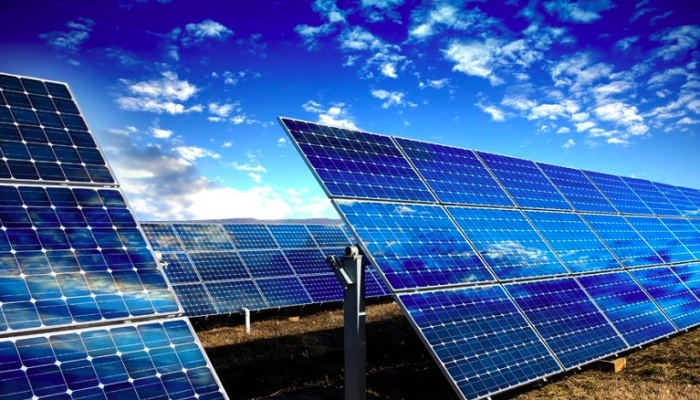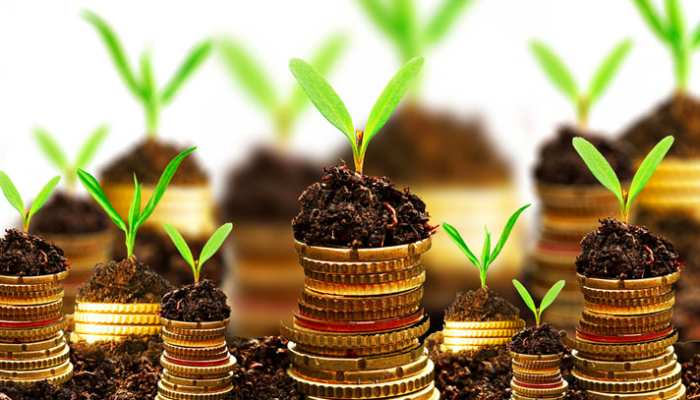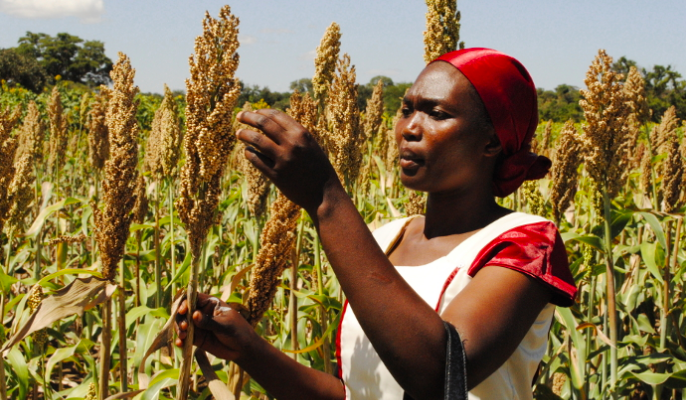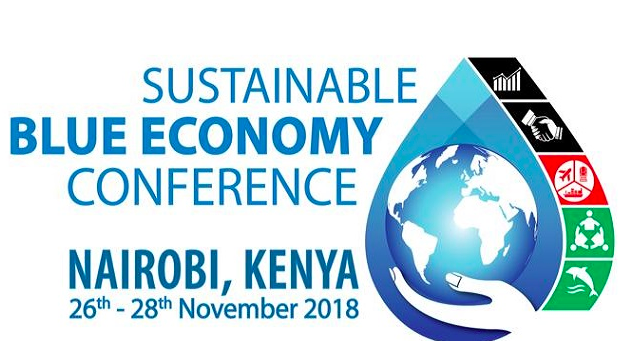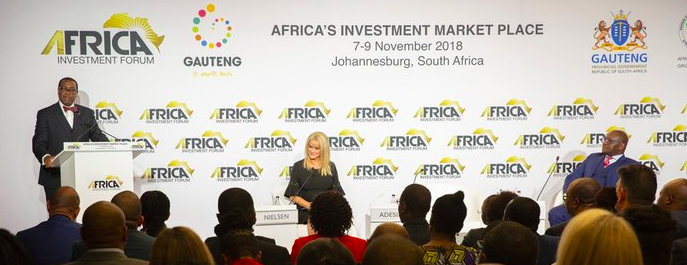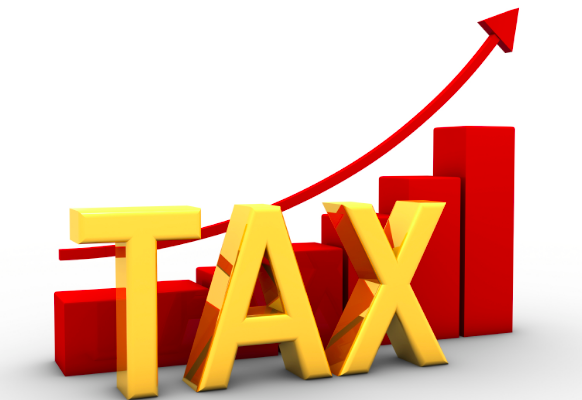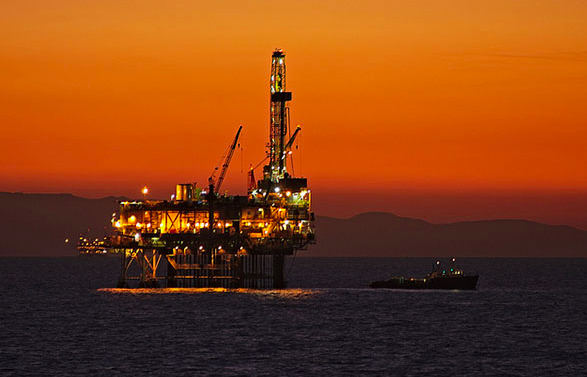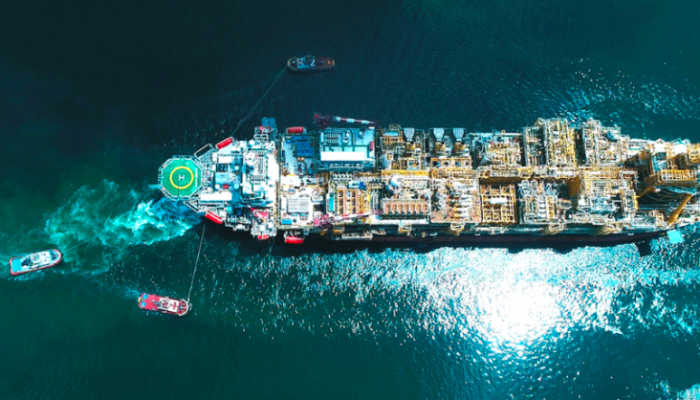Deadline date: 29 January 2019
The government of Kenya has received a credit from the International Development Association (IDA) and grants under Scaling Up Renewable Energy in low-income countries under the Strategic Climate Fund Grant towards the cost of Kenya Electricity Modernisation Project (KEMP).
It is intended that part of the proceeds of this credit and SREP grants will be applied to eligible payments under the contract for design, supply and installation of solar PV power generation plants (SPGP) with associated power distribution network (PDN) in selected un-electrified areas in Kenya.
The contract will have two parts:
Part 1: design, supply, installation, testing and commissioning of SPGP and construction of associated PDN.
Part 2: Operation and Maintenance (O&M) services of the facilities and reliable supply of power to the consumers for a period of 15 years.
The Rural Electrification Authority (REA) now invites bids from eligible bidders for Part 1: design, supply and installation of 1175 kW AC (1410 kWp) Solar PV plants with associated power distribution network (Mini-Grid Projects) and Part 2: Operation and Maintenance (O&M) services of the facility.
Bidders may bid for Lot-1 or Lot-2 or both Lots. This International Competitive Bidding will be conducted adopting the World Bank’s Standard Procurement document for design, supply and installation “Single Stage Bidding Procedure”.
Interested eligible bidders may obtain further information from and inspect the bidding document at the office of Rural Electrification Authority (REA) project during office hours from 9:00 to17:00 hours at the address given below.
Complete set of bidding documents in English can be downloaded from the REA web site(www.rea.co.ke)
Queries can be directed to:
Edward Gakunju
Address: P.O. Box 34585 – 00100
Nairobi,
Kenya
Tel: 254 20 4953000
Email: eGakunju@rea.co.ke
Submissions
Bids must be delivered to the address below on or before 10:00am on 29 January 2019and must be accompanied by appropriate bid securities as indicated in the data sheet of the bidding document and indicated below.
The address referred to above is:
Chief Executive Officer
Rural Electrification Authority (REA)
Kawi House, South C,
Red Cross Road off Popo Road, Behind Boma Hotel,
Nairobi
Kenya
Subscribe to tenders service
For more detailed tenders you can subscribe to our Tender Subscription Service.
By partnering with a global information provider, ESI Africa can offer a database of opportunities for the energy industry direct to your inbox.
An annual subscription gives access to tender notices across the African continent for all energy sectors.

